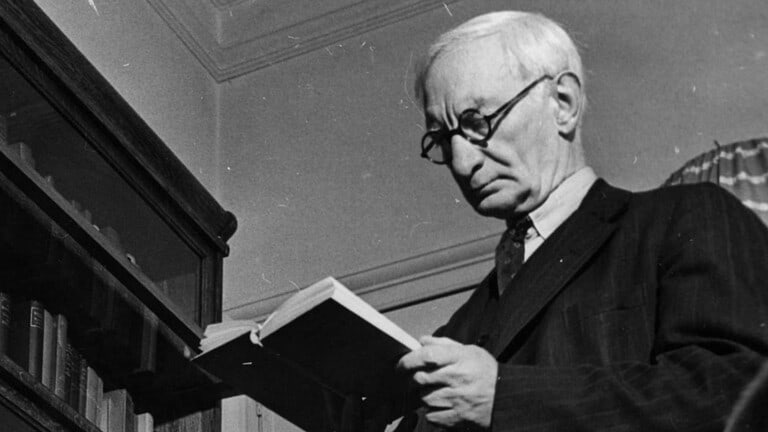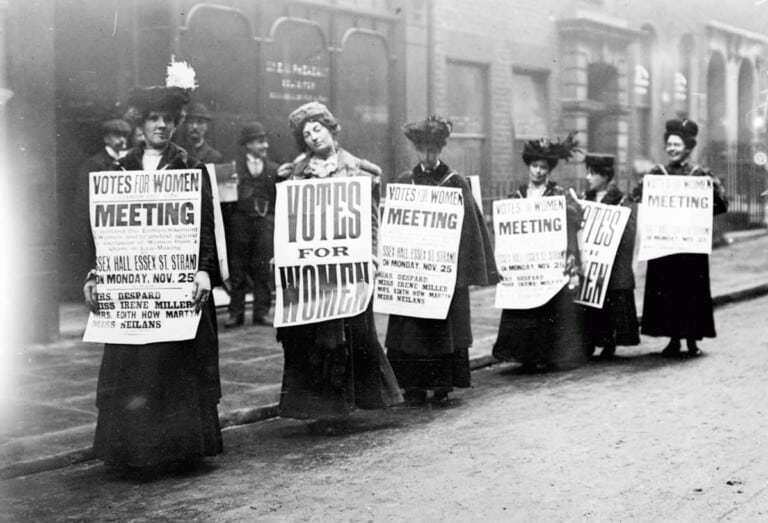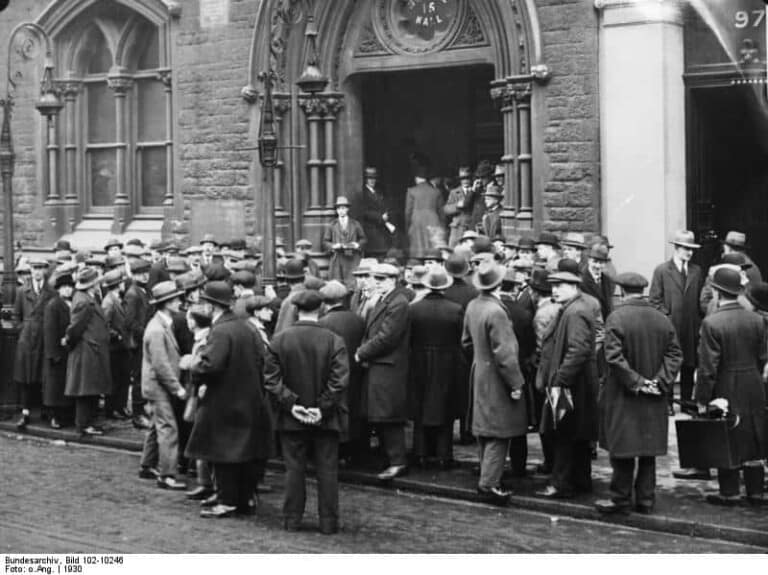William Beveridge
William Beveridge was born in 1879 and he became a social worker in the East End of London in 1903. Later, he visited Germany to see for himself the system of social insurance introduced by Bismarck.
Beveridge became a journalist, writing mainly on social policy. He was noticed by Churchill (still a Liberal at that time) and in 1908, Beveridge became a civil servant at the Board of Trade.
Over the next three years, he worked on a national system of labour exchanges, which were introduced by the Liberal Government of Lloyd George. This measure only covered 2.75m men, one in six of the workforce.
Beveridge remained a civil servant for the duration of World War I and after the war, he became the Director of the London School of Economics (LSE). He continued academic work at the Universities of London and Oxford.
In June 1941, he was asked to chair an interdepartmental committee on reconstruction problems and on the coordination of existing schemes of social insurance.
At this time, the social security “system” was in a confused state: 7 Government departments were involved in providing various cash benefits to some people.
The terms of reference were:
To undertake, with special reference to the inter-relation of the schemes, a survey of the existing national schemes of social insurance and allied services, including workmen’s compensation, and to make recommendations. (Beveridge, Beveridge Report : Social Insurance and Allied Services, 1942)





